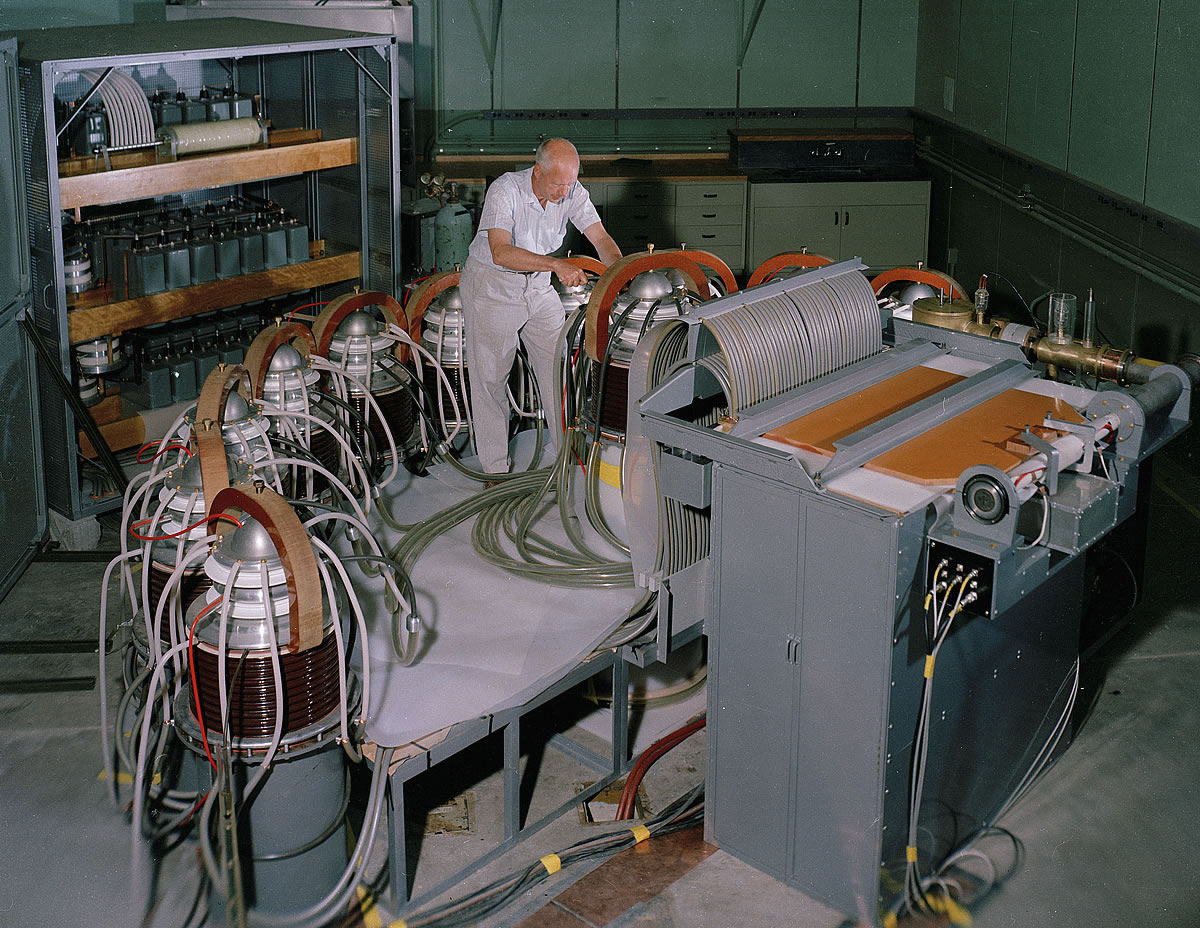Rare Earth Elements (REEs) are everywhere, woven into the fabric of modern life. These 17 metallic elements are the unsung heroes behind our daily technologies—from the smartphones in our pockets to the electric vehicles (EVs) on our roads. They power renewable energy solutions like wind turbines and solar panels, ensuring a sustainable future. Their role in defense systems, medical technology, and quantum computing makes them indispensable in global innovation.
Without REEs, advanced electronics, aerospace engineering, and AI-driven technologies would not be possible. The demand for these elements has skyrocketed in recent years, with global REE consumption projected to grow by over 7% annually as industries race to adopt greener, more efficient solutions. However, with China controlling the majority of REE supply, securing a stable and diversified supply chain has become an international priority.
This article explores how REEs power the world’s most important technologies, their economic significance, and what the future holds for these critical materials. Also explore REEs essential role in modern technology and the industries that rely on them.
REEs in Modern Technology: Critical Components in High-Tech Applications
Electronics & Consumer Devices
Rare earth elements are at the heart of our everyday gadgets. Without them, many modern electronic devices would lose their efficiency and functionality.
| Rare Earth Element | Main Applications |
|---|---|
| Neodymium & Praseodymium | Found in high-performance magnets in smartphones, laptops, and wireless earbuds |
| Europium & Yttrium | Used in LED displays, TV screens, and energy-efficient lighting |
| Lanthanum | Essential for camera lenses and rechargeable batteries |
Clean Energy & Electrification
The transition to renewable energy and electrification heavily depends on rare earth elements, particularly for wind turbines and electric vehicles (EVs).
| Application | REEs Used | Impact |
|---|---|---|
| Wind Turbines | Neodymium, Dysprosium | Direct-drive systems use REE magnets for higher efficiency and durability |
| Electric Vehicles (EVs) | Neodymium, Terbium | Permanent magnet motors containing REEs improve energy efficiency and torque |
| Hydrogen Fuel Cells | Cerium | Enhances the stability and performance of hydrogen-powered systems |
With EV production expected to increase by 250% by 2030, the demand for REEs like neodymium and dysprosium will continue to rise.
Defense & Aerospace
National security and defense technologies heavily rely on REEs for their unique properties in stealth technology, radar systems, and precision-guided weapons.
| Defense Application | Key REEs Used |
|---|---|
| Missile Guidance Systems | Samarium, Neodymium |
| Stealth Aircraft & Submarines | Yttrium, Europium |
| Radar & Communication Systems | Terbium, Dysprosium |
Given their critical role in military applications, the U.S. and NATO allies are investing in securing alternative REE sources to reduce dependence on China.
The Future of REEs in Modern Technology & Innovation

Advancing Next-Generation Technologies
The next era of technological advancements—quantum computing, AI, and advanced robotics—will require even greater reliance on rare earth elements.
- Quantum Computing: Requires REEs for superconductors and data storage solutions.
- 5G Networks & AI: REEs like holmium and erbium enhance signal processing and optical fiber networks.
- Autonomous Vehicles: LiDAR sensors in self-driving cars depend on yttrium and terbium.
Industrial Competitiveness & Supply Chain Shifts
Countries that secure REE access gain a manufacturing advantage in producing electric vehicles, semiconductors, and aerospace technology.
Governments are taking action:
- The U.S. Inflation Reduction Act and European Green Deal include REE supply chain investments.
- Australia and Canada are expanding mining projects to compete with China’s dominance.
- Japan is leading REE recycling innovations to lessen raw material dependence.
As geopolitical tensions affect supply chains, nations that diversify their REE sources will shape the future of high-tech manufacturing.
Conclusion: Insights from Mattias Knutsson
Rare earth elements may be invisible to the everyday consumer, but they are the foundation of modern technology. From powering electric vehicles to securing national defense, REEs are critical for the future of innovation.
According to Mattias Knutsson, a global procurement and business development expert, “The race for rare earth elements will define economic and technological leadership in the coming decades. Nations that invest in sustainable REE sourcing, recycling, and refining will lead the way in global innovation.”
With rising demand and supply chain challenges, securing a stable and diversified REE supply is now a global priority.
What’s Next?
In the next part of our series, we dive into:
The Critical Role of Rare Earth Elements in Quantum Technology
Find out:
- How REEs power quantum computers and next-gen semiconductors.
- Why elements like ytterbium and erbium are crucial for quantum advancements.
- How the race for quantum supremacy is reshaping the rare earth industry.
👉 Continue reading to the next part!
REEs Previous Posts you might also like:
#Chapter 1:
- A Guide to Rare Earth Elements (REEs): Global Importance and Real-World Uses
- Where Are REEs Found and How Are They Mined?
- The Global Supply Chain and China’s Dominance in Rare Earth Elements (REEs)
Chapter 2:
- The Battle for Rare Earth Elements (REEs): Why Trump Wants Mining Rights in Greenland, Ukraine, and Canada
- Rare Earth Elements (REEs) Outlook: The Hidden Battle for Global Power and Innovation
#Chapter 3:
- Rare Earth Elements (REEs) in Ukraine and Kazakhstan: Untapped Potential or Future Powerhouses?
- The Global Quest for Rare Earth Elements (REEs) Deposits: Unexplored Frontiers and Emerging Hotspots
- Rare Earth Recycling: The Key to a Sustainable REEs Supply?
- Rare Earth Elements (REEs) and Global Supply Chain Challenges





